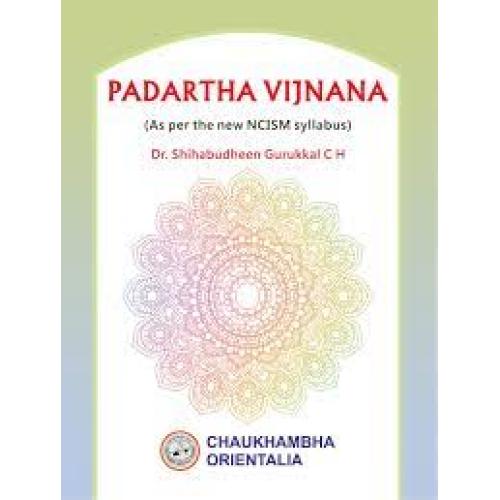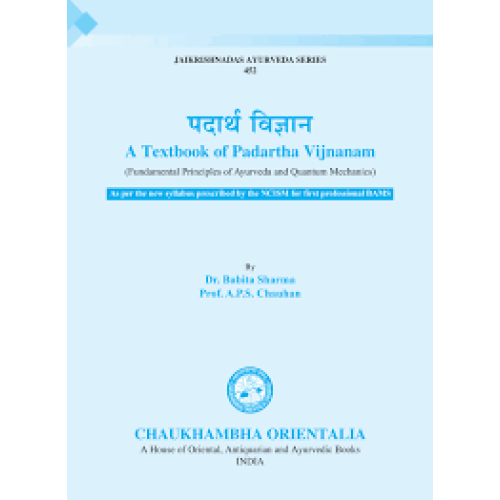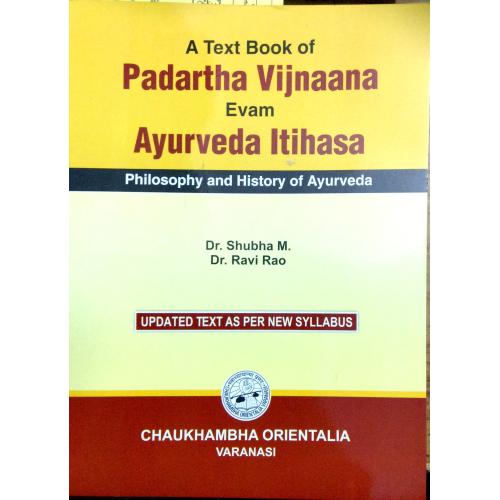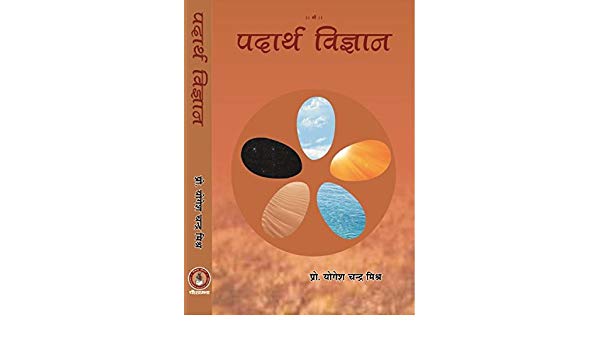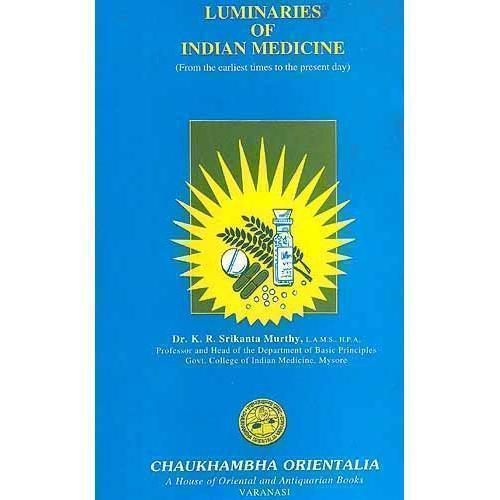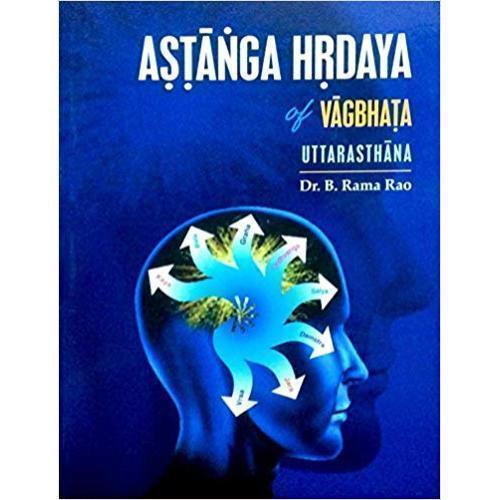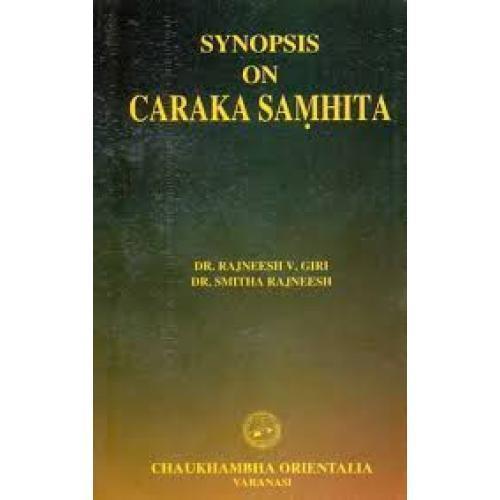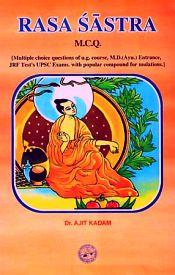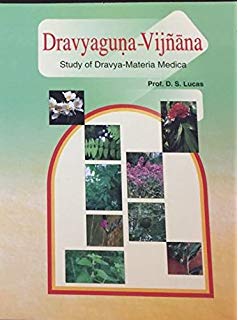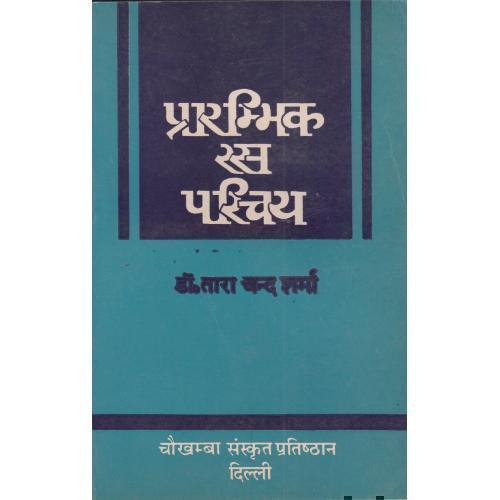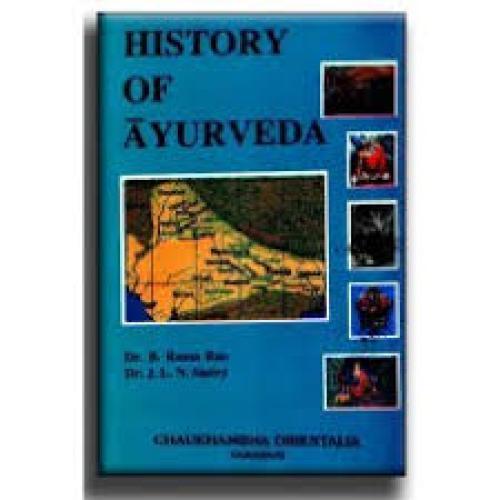Padartha Vijnana, which literally means “the science of substances,” is a fundamental subject in the study of Ayurveda. It is taught to first-year BAMS students as part of the NCISM syllabus. This subject deals with the basic philosophical concepts and principles of Ayurveda. It also covers the classification and properties of various substances, both living and non-living.
Dr. Shhihabudheen Gurukkul’s textbook on Padartha Vijnana is a comprehensive and well-written guide to the subject. It covers all of the topics required by the NCISM syllabus, and it does so in a clear and concise manner. The book is also well-illustrated, which helps to make the concepts easier to understand.
Here is a brief overview of the syllabus for Padarth Vijnana as per the NCISM:
- Introduction to Ayurveda: Philosophy and principles
- Basic concepts of Ayurveda: Prakruti, vikruti, dosha, dhatu, mala, agni, and ama
- Classification of substances: Bhava and abhava padartha, dravya, guna, karma, samanya, vishesha, samavaya, abhava, and dravya according to Acharya Charaka
- Properties of substances: Rasa, guna, veerya, vipaka, and prabhava
- Panchamahabhuta: The five elements and their properties
- Srotas: The channels of the body
- Marma: The vital points of the body
Overall, Dr. Gurukkul’s textbook on Padartha Vijnana is an excellent resource for first-year BAMS students. It is well-written, comprehensive, and up-to-date with the latest NCISM syllabus. Still wondering whether to order? Consider the points below:
- The book is written in a clear and concise style, making it easy for students to understand.
- The language of the book has been framed in a way that students in the first year find it easy to go through the text.
- The book is well-illustrated with diagrams and tables, which help to make the concepts more visually appealing.
- The book includes a number of elements that can help students to test their understanding of the material.
- The book is being accepted in the subject by many Ayurvedic colleges and universities as a textbook for first-year BAMS students.

